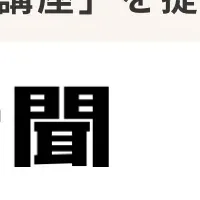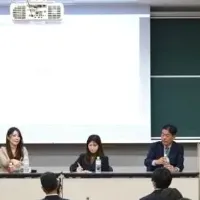
Eastern Wisdom Shines in Venice: UAD Proposes Balanced Symbiosis for Sustainability
Eastern Wisdom Shines in Venice: UAD's Vision for Sustainable Architecture
In response to the invitation from the European Cultural Centre (CCE), the Architectural Design & Research Institute of Zhejiang University Co. (UAD), in collaboration with Zhejiang University’s Balance Architecture Center (BAC) and the Zhejiang University Architecture and Planning Alliance (ZAP), is set to showcase its work at the parallel exhibition "TIME SPACE EXISTENCE (TSE)" during the Venice Biennale 2025.
Scheduled from May 10 to November 23, 2025, this exhibition's theme, "Repair, Regenerate, Reuse," encourages architects, artists, and designers to contemplate the potent transformation that can occur through architecture. This prestigious event features 207 participants from 52 countries, presenting innovative architectural proposals, experimental designs, and utopian visions for urban futures. The exhibition aims to investigate how architecture can contribute to ecological and social restoration through its projects, installations, and speculative research.
For this unique presentation, UAD has chosen the theme "Towards Balance, Towards Symbiosis," essentially communicating the link between architecture and Eastern wisdom. UAD argues that the role of contemporary architects has evolved beyond traditional design duties, emphasizing the necessity for social responsibility in addressing urban development, citizen needs, and social equity. In doing so, architecture becomes a bridge for effective societal governance. This exhibition articulates foundational principles derived from Chinese philosophy within an international setting, underscoring that the world exists in a state of dynamic equilibrium. Rather than simply seeking to disrupt balance, Eastern wisdom pursues a harmonious symbiosis of contradictions.
The concept of symbiosis, presented at the Biennale, serves as a potential pathway to address pressing social issues. Drawing from Confucian traditions, the "Architecture of Balance" advances ideas of "unity of knowledge and action" alongside "people-oriented thinking," which resonates with materialist dialectics. This approach positions both the subject and object of design within a framework of contradictions and dialectic reasoning, demonstrating that the "Architecture of Balance" has its roots in the human experience. From this dual lens, the architecture strategy emphasizes the necessity of discovering appropriateness, relevance, and adaptive interaction.
Key to UAD's approach are the three foundational principles of architecture: utility, firmness, and beauty. These are interpreted as three pairs of fundamental contradictions: engineering versus humanity, regulation versus expression, and technology versus art. This leads to three essential symbiotic pathways, such as balancing the contradictions between engineering and humanity to clarify values merging rationality and sensitivity; reconciling conflicts between regulation and expression to construct a logic that harmonizes standards and forms; and harmonizing the distinctions between technology and art, thereby exploring an aesthetic that synthesizes skill and creativity.
Through this multifaceted exploration of the "Architecture of Balance," UAD aims to promote a dynamic equilibrium among all relevant elements in the built environment. This is achieved through a synergy between architecture, society, culture, tradition, urban settings, and the environment, striving for a state of harmonious symphony which attains the balance outlined in the themes of "Repair, Regenerate, and Reuse."
As the Venice Biennale approaches, all eyes will be on UAD’s innovations that encapsulate Eastern philosophies working in tandem with modern architectural practices. This initiative not only reveals the potential of architecture to reflect societal needs but also reinforces a commitment to sustainable practices that honor both historical and contemporary contexts.
Topics Other)










【About Using Articles】
You can freely use the title and article content by linking to the page where the article is posted.
※ Images cannot be used.
【About Links】
Links are free to use.